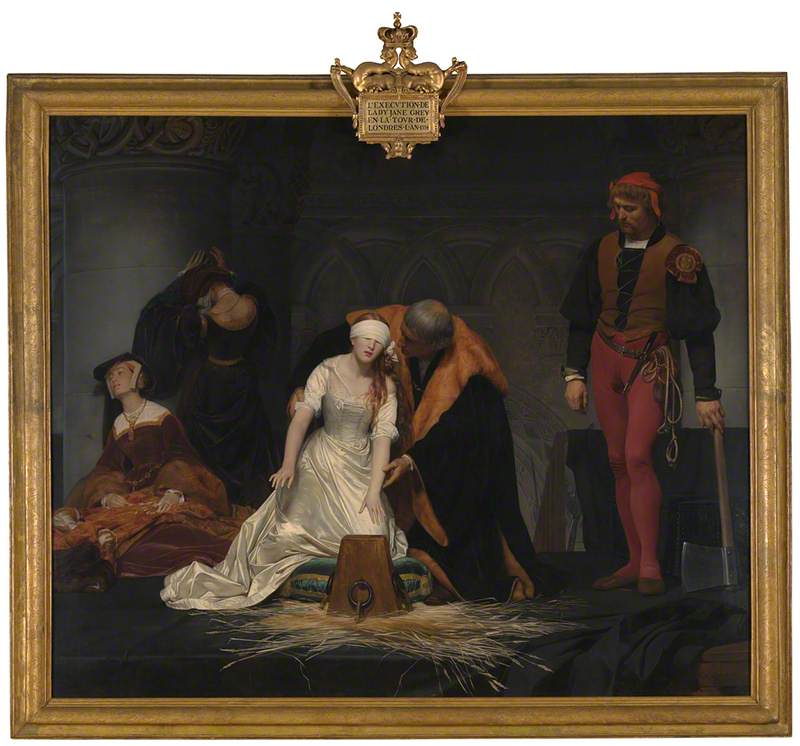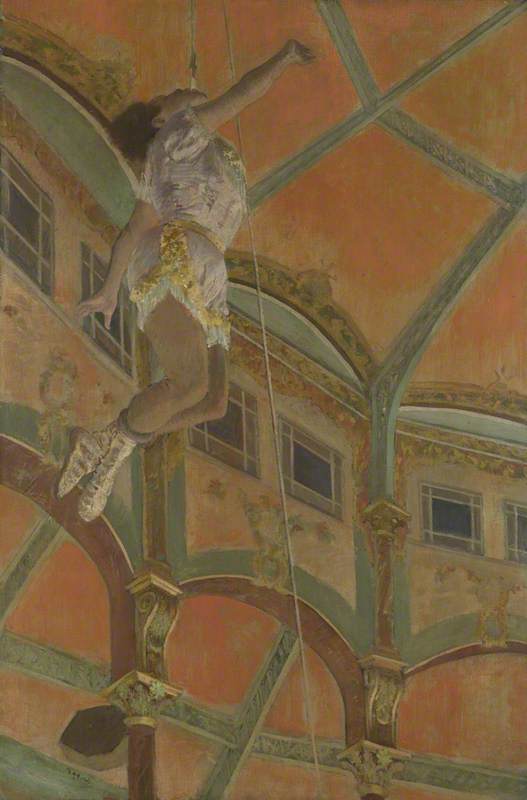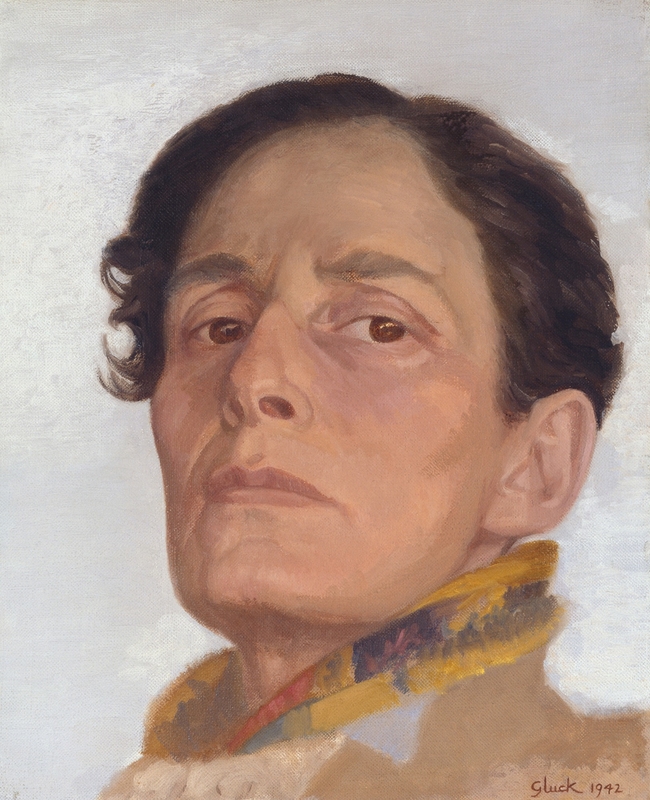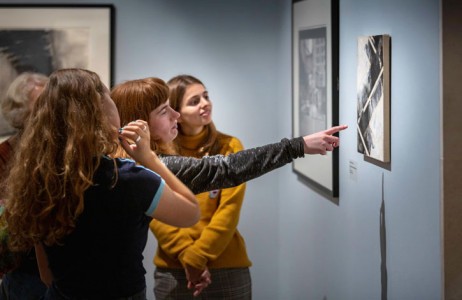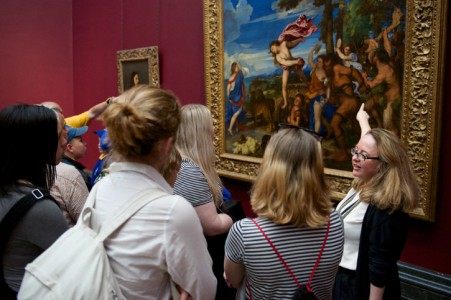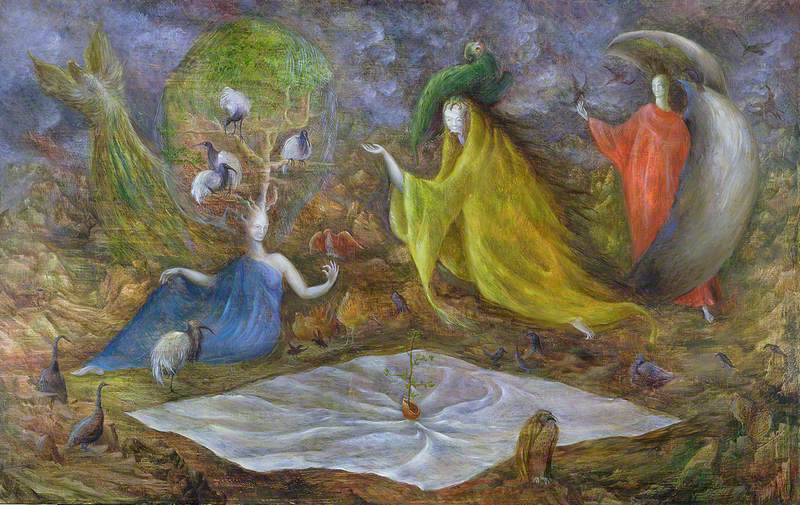This piece, painted by Paul Delaroche in 1833, depicts the execution of Lady Jane Grey, England's shortest reigning monarch.
She is illuminated and vulnerable in a bright white petticoat, guided towards an execution block by an advisor as distraught ladies in waiting collapse around her and her executioner watches on. Monochromatic, dramatic lighting depicts a decadent yet distressing scene, characteristic of the tableau vivant style which inspired Delaroche. Details of a simple, plain wedding band on her reaching hand and straw laid down to soak up blood enhance the powerful image, hung with suspense and despair.
Her vulnerability soaks through the canvas in an almost voyeuristic depiction of female suffering. Her undergarments are blindingly bright white, contrasting the darkness of those around her and confronting the viewer with her innocence. The pitiful politeness of her carefully reaching hands, assisting her killer in bringing her to the block, paint an uncomfortable image of girlhood which the women in the painting cannot bring themselves to look at, leaving the male executioners the only witnesses. I cannot help but feel aware of her age, the same as mine, and think, 'she must have been so scared.'
It conjures images in my mind of the many girls and women throughout history who have been thrust onto a pedestal, becoming faces of a movement only to be martyred as they suffer at the hands of incompetent advisors or apathetic men – for example Marie Antionette, whose death inspired Delaroche to paint this piece.
However, as we look at this painting in the twenty-first century, I believe we should not see her through this male gaze as a pitiful, naive pawn blindly stumbling to her death. In the time of Greta Thunberg and Malala, it is evident that teenage girls are not passive but stand as the face of movements with agency, cause and passion.
So instead of looking at Delaroche's dramatisation with his words of 'What shall I do? Where is the block?', instead Lady Jane Grey's own last words echo through my head – 'Please, dispatch me quickly.' I see her illuminated gleam as conviction rather than purity, and imagine her hands reaching for the block not in a panicked politeness but in defiance, in a choice to lose her head rather than her religion, remembering that when they offered her life she said she would not have it on their terms.
Matilda Jones, second-place winner of Write on Art 2023, Years 10/11
